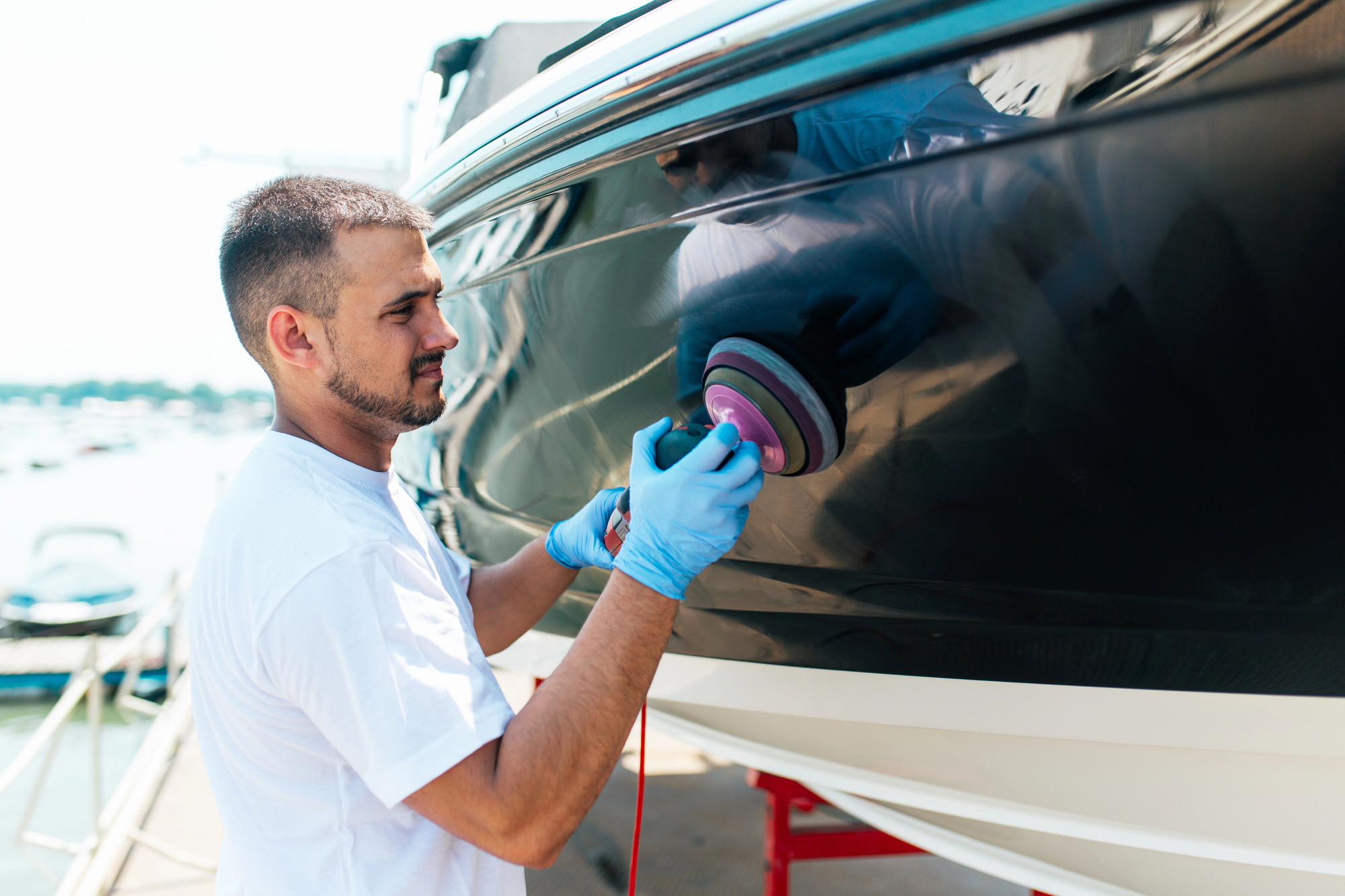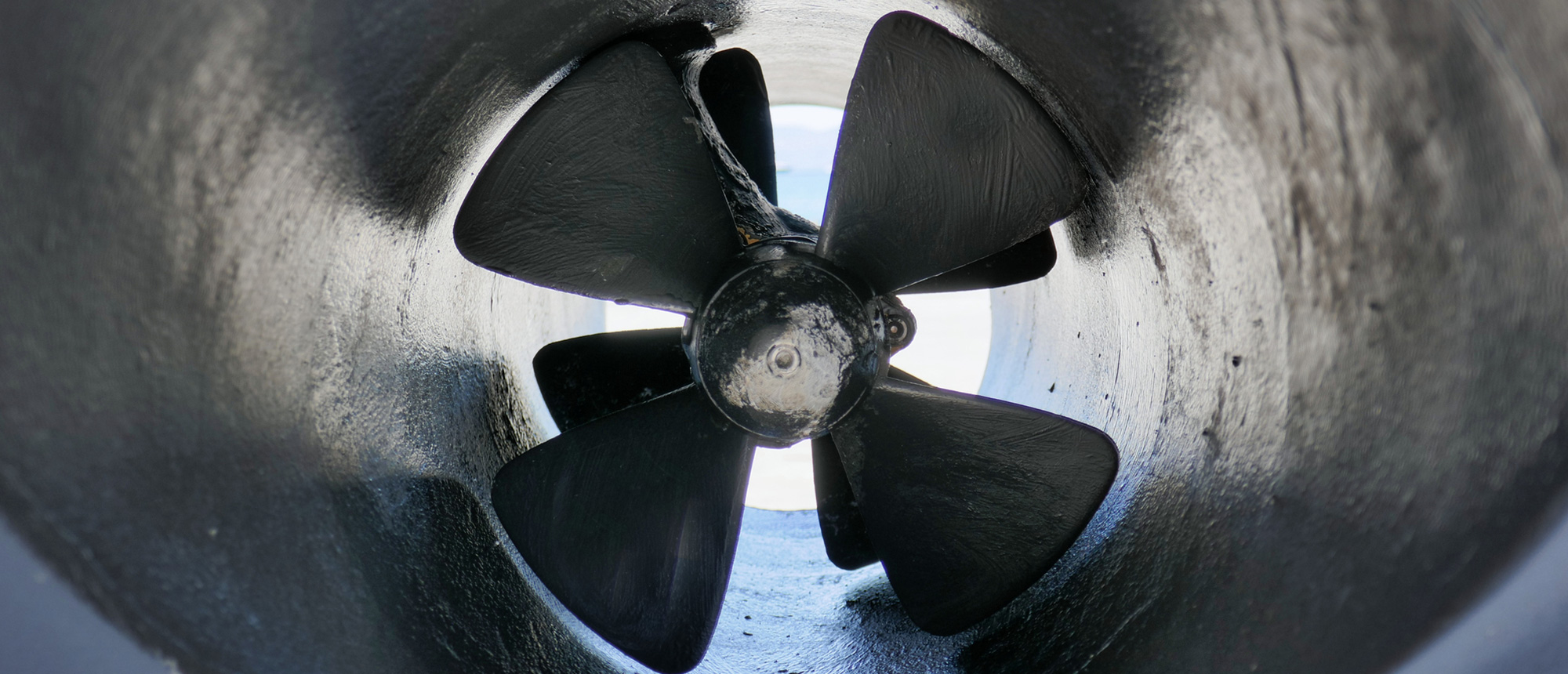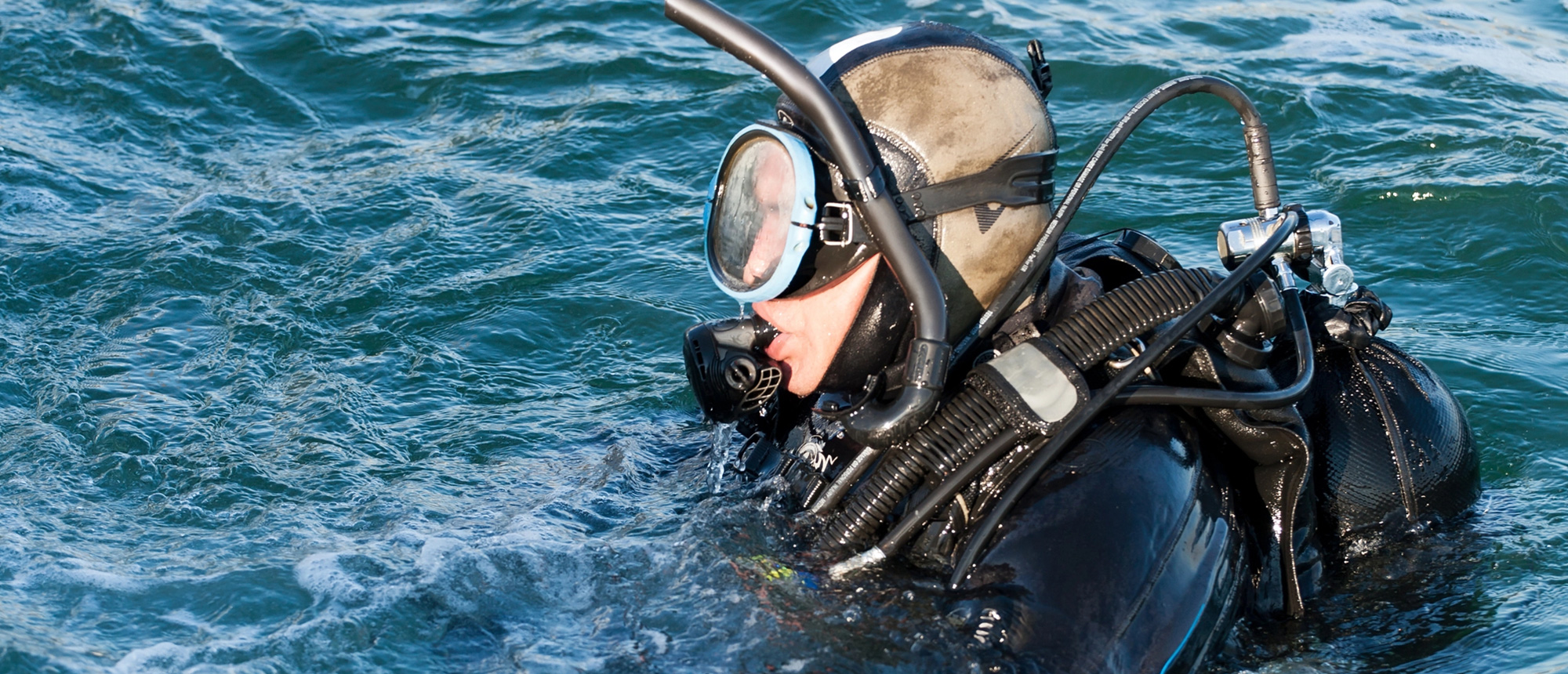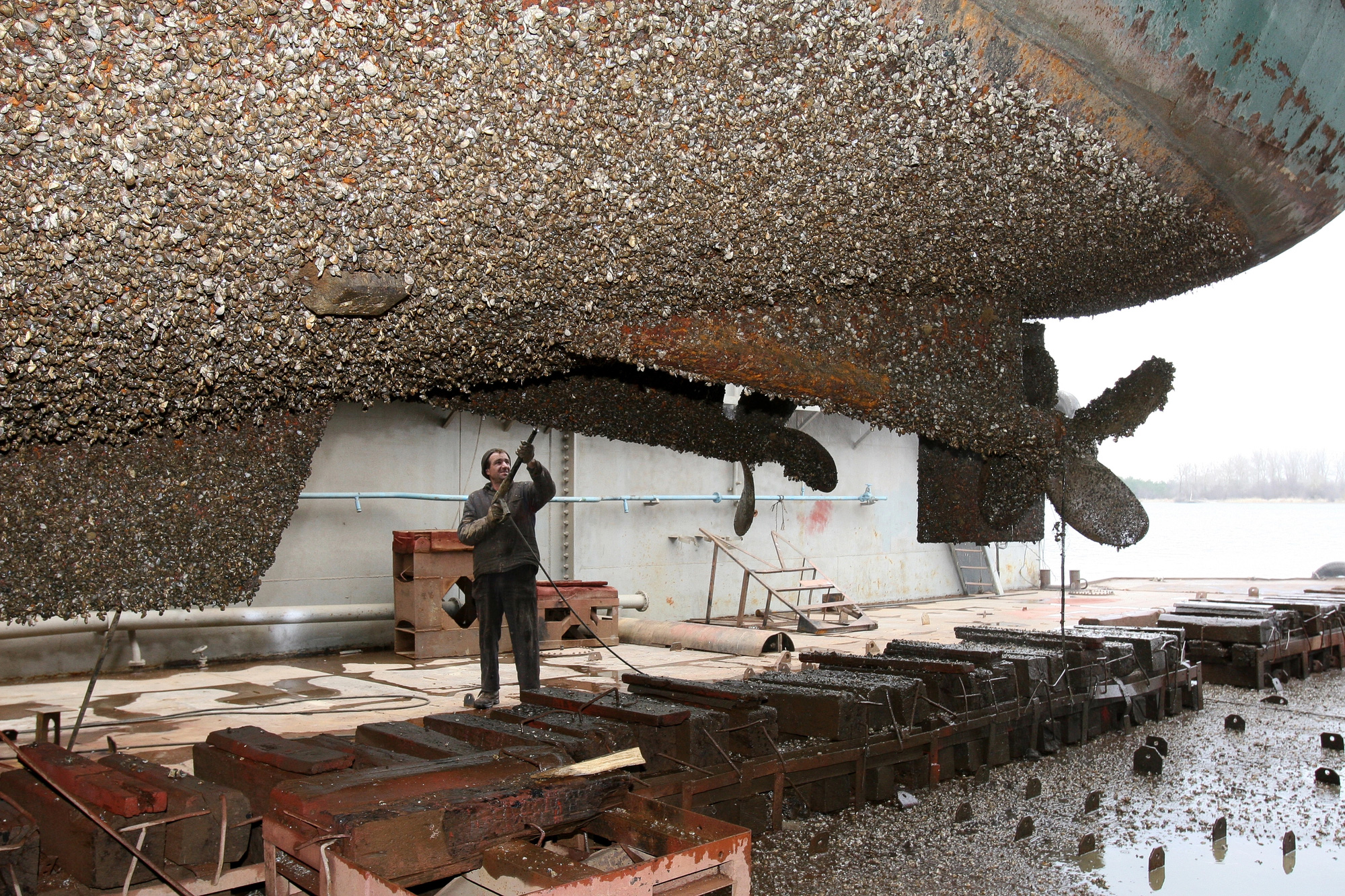The vast oceans present unique challenges for marine vessels, steadily impacting their structural integrity below the waterline. Boat owners often face unexpected complications that compromise vessel performance and safety, leading to costly repairs and extended downtime.
Regular assessments provide important insights into the ship’s condition, enabling owners to make informed decisions about necessary maintenance and preventive measures. This proactive approach significantly extends a vessel’s operational lifespan and maintains its efficiency on the open seas. Understanding the benefits of underwater inspection of ships proves vital for any marine professional.
Why Underwater Inspections Are Essential for Ships
Regularly performing underwater inspections helps marine vessel and dock owners in Florida identify potential issues before they escalate into major problems. These inspections provide a clear picture of the submerged parts of a ship, which are continuously exposed to harsh marine environments. Discovering small defects early protects the vessel’s structural integrity and prevents expensive repairs or catastrophic failures in the future.
Vessel owners rely on these routine examinations to ensure compliance with maritime regulations and maintain safety standards for their crew and cargo. This proactive approach significantly reduces operational risks and extends the working life of their valuable marine assets.
Key Benefits of Regular Underwater Ship Inspections
A comprehensive understanding of routine underwater ship inspections shows many advantages for vessel operators and dock owners in Florida. These specialized examinations provide detailed insights into the current condition of submerged structures, offering a proactive approach to maintenance and risk mitigation.
This knowledge enables owners to make informed decisions about repairs and maintenance, ultimately saving considerable time and financial resources in the long term. These inspections also play a pivotal role in ensuring regulatory compliance and enhancing the overall operational safety of marine vessels.
- Damage Assessment: Regular underwater inspections provide a thorough assessment of any damage that occurs to the ship’s hull, rudder, or propellers from impacts or corrosion. Expert divers meticulously examine these critical components, documenting any cracks, dents, or signs of material degradation that compromise the vessel’s performance. Identifying these issues early allows for prompt repairs, preventing further deterioration and maintaining the ship’s hydrodynamic efficiency. This process ensures the vessel operates safely and avoids unexpected mechanical failures during voyages.
- Performance Optimization: Maintaining a ship’s underwater surfaces clean and free from marine growth has a direct impact on its fuel efficiency and overall operational speed. Inspections pinpoint areas with excessive fouling, which increases drag and forces the engines to work harder, consuming more fuel. Timely cleaning and maintenance of these surfaces lead to optimal vessel performance, reducing operational costs and environmental impact. This attention to detail significantly contributes to more efficient and sustainable marine operations.
- Regulatory Compliance: Complying with international maritime regulations and classification society requirements often necessitates periodic underwater inspections. These inspections confirm that vessels meet specific safety and structural standards set by governing bodies, preventing penalties or operational restrictions. Maintaining proper documentation of these inspections provides proof of adherence to safety protocols and demonstrates a commitment to responsible vessel management. This adherence ensures ships remain seaworthy and eligible for international trade.
- Asset Preservation: Protecting the long-term value of marine assets relies heavily on consistent underwater maintenance and repair. Early detection of issues like paint breakdown, sacrificial anode depletion, or propeller damage helps preserve the vessel’s structural integrity and extend its service life. Addressing these problems proactively prevents minor issues from becoming major, expensive repairs that reduce the asset’s market value. Regular inspections are a cornerstone of effective asset management for marine vessel owners.
Advanced Technologies Used in Underwater Inspections
Modern underwater inspections often employ cutting-edge technologies that enhance accuracy and efficiency, providing detailed information about submerged structures. Remotely operated vehicles (ROVs) equipped with high-resolution cameras and sonar systems explore hard-to-reach areas, providing real-time visual data without exposing human divers to risk.
These sophisticated tools perform precise measurements and identify even minor imperfections, creating comprehensive reports for vessel and dock owners. Utilizing such advanced equipment makes inspections safer, faster, and more thorough than traditional methods.
Common Issues Detected During Underwater Inspections
Underwater inspections often reveal a range of issues that impact vessel performance and safety, necessitating prompt attention from owners. Marine fouling, such as barnacles and algae, commonly adheres to hulls, increasing drag and reducing fuel efficiency.
Divers often find corrosion on propellers, rudders, and other metal components, which can weaken the structural integrity over time. Dents, cracks, or other physical damage from impacts with debris or dock structures also surfaces during these detailed examinations. Identifying these common problems early allows for timely interventions that maintain the vessel’s operational efficiency and extend its lifespan.
Steps Involved in a Professional Underwater Inspection
A professional underwater inspection involves several methodical steps to ensure a thorough and accurate assessment of a vessel or dock structure. Experts begin with a comprehensive pre-inspection briefing to understand the specific requirements and any known concerns from the client.
Divers then meticulously examine all specified areas, utilizing specialized equipment to capture detailed visual and data recordings. A detailed report summarizing the findings, including high-resolution images and recommendations for repair, is then sent to the owner. This systematic approach ensures all critical aspects of the submerged structure receive proper evaluation.
- Pre-Inspection Briefing: Before any dive, the inspection team conducts a thorough pre-inspection briefing to gather all necessary information about the vessel or dock structure. This includes reviewing blueprints, previous inspection reports, and any specific concerns the owner identifies, creating a clear scope of work. Understanding the vessel’s history and operational environment allows the divers to focus on critical areas and anticipate potential challenges. This detailed planning stage ensures the inspection addresses all key objectives efficiently and effectively.
- Visual and Data Collection: During the actual dive, inspectors meticulously perform visual assessments, capturing high-resolution photographs and videos of the submerged surfaces. They utilize advanced cameras and lighting to document marine growth, structural damage, and any signs of wear or corrosion on the hull, propellers, and other components. Some inspections also involve specialized tools like ultrasonic thickness gauges to measure material integrity. This extensive data collection provides a comprehensive record of the vessel’s underwater condition.
- Damage Assessment and Reporting: Following the underwater survey, the collected visual and data evidence undergoes careful analysis by experienced marine professionals. They assess the severity of any identified damage or anomalies, categorize findings, and determine their potential impact on vessel performance or safety. A comprehensive report then goes to the client, outlining all observations, providing clear images, and offering actionable recommendations for necessary repairs or ongoing maintenance. This detailed documentation empowers owners to make informed decisions about their marine assets.
How Often Should You Schedule Underwater Inspections
The frequency of underwater inspections depends largely on several factors, including the type of vessel, its operational environment, and regulatory requirements. Commercial vessels operating in challenging waters often require more frequent assessments to account for increased wear and tear and potential impacts.
Recreational vessels typically require less frequent inspections, although regular checks remain beneficial for long-term maintenance. Consulting with experienced marine inspection professionals helps determine an appropriate schedule that balances safety, compliance, and cost-effectiveness for each unique situation.
Choosing the Right Underwater Inspection Service Provider
- Experience and Expertise: When selecting an underwater inspection service, consider the provider’s experience and specialized expertise in inspecting marine vessels and dock structures similar to yours. A company with a long history of successful inspections possesses valuable insights into common issues and effective solutions. Look for teams whose divers hold relevant certifications and extensive training in underwater assessment techniques and safety protocols. Their practical knowledge ensures accurate diagnoses and reliable recommendations for your specific needs.
- Technology and Equipment: The quality of an underwater inspection heavily relies on the technology and equipment the service provider utilizes for their operations. Reputable companies invest in advanced tools such as high-resolution underwater cameras, sonar systems, and remotely operated vehicles (ROVs) to conduct comprehensive surveys. These modern tools allow for detailed imaging and data collection, even in challenging conditions or hard-to-reach areas. Using cutting-edge technology ensures a thorough and precise examination of your marine assets.
- Reporting and Communication: An effective underwater inspection service excels not only in performing the survey but also in providing clear, comprehensive reports and maintaining open communication. The provider should deliver detailed documentation that includes clear visual evidence, a precise assessment of findings, and actionable recommendations. They must also communicate promptly and transparently, explaining their observations in a clear and understandable manner. Good reporting and communication ensure you fully grasp your vessel’s condition and can make informed decisions.
- Client References and Reviews: Before finalizing your choice, seek out client references and read reviews about the underwater inspection service provider you consider. Feedback from previous customers offers valuable insights into their professionalism, reliability, and the overall quality of their work. Positive testimonials indicate a company that delivers on its promises and satisfies its clients’ needs. Checking these external validations helps you select a service that consistently meets high standards and provides excellent results.
Premier Underwater Ship Inspection Services in Florida
Taking proactive steps to maintain your marine assets extends their life and optimizes performance. At Hull 2 Prop, we consistently deliver reliable underwater ship inspection services in Florida, helping vessel and dock owners protect their investments.
Our team uses advanced techniques and provides thorough assessments, ensuring your vessel remains in top operational condition for years. We also offers expert ship inspection and repair, addressing critical components that affect your vessel’s efficiency. Trust Hull 2 Prop to keep your marine assets performing at their best with our specialized services. Contact us today to schedule your next inspection!







